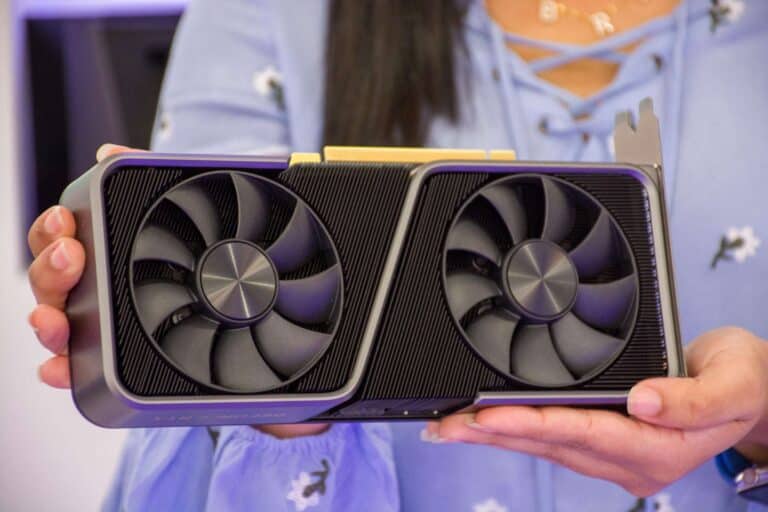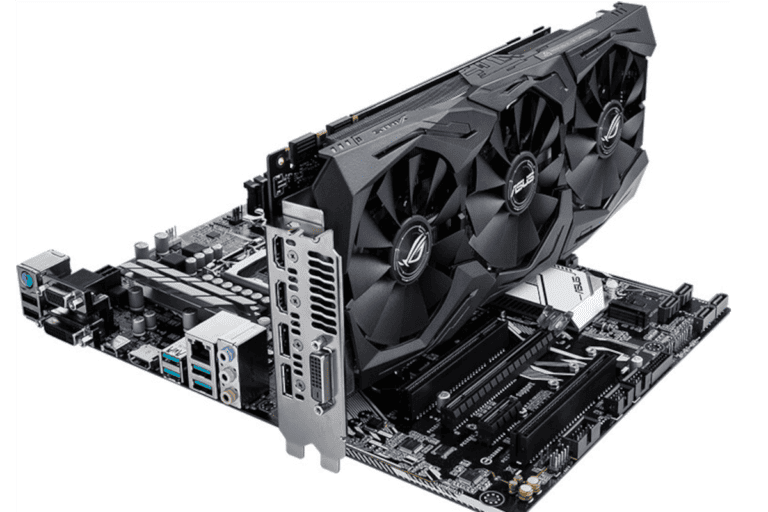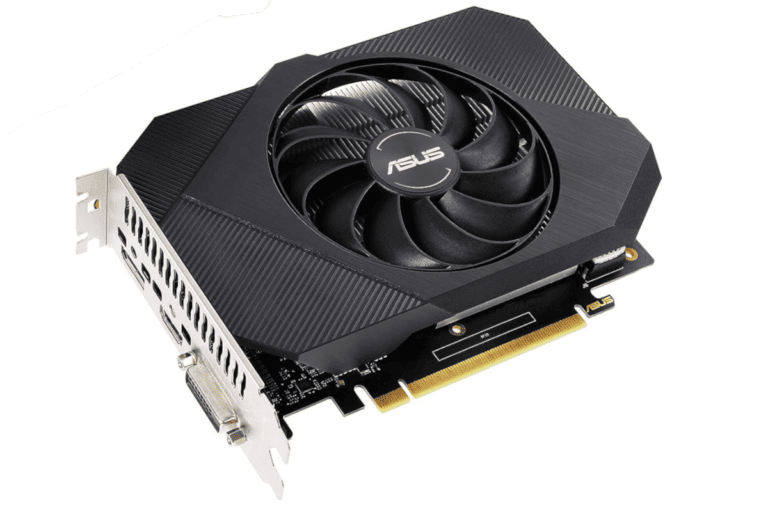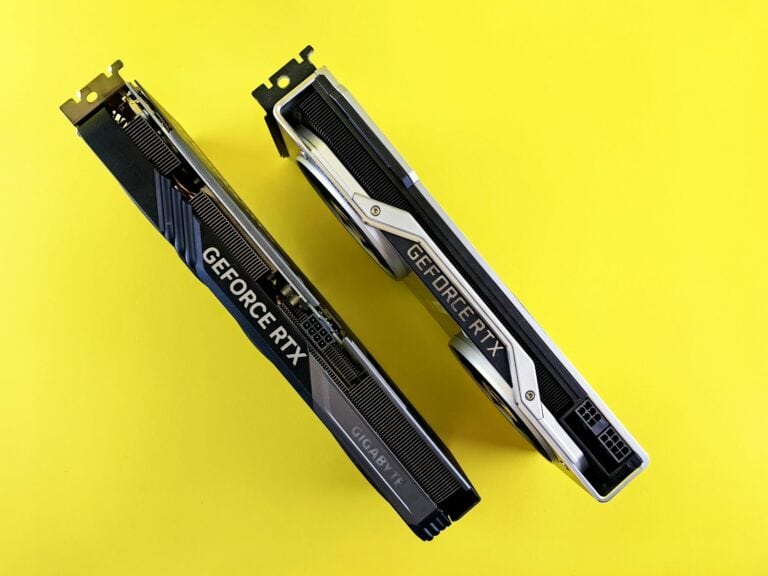Stuttering with NVIDIA graphics cards can frustrate even the most patient users. Whether you’re gaming or working, this issue can disrupt your workflow and enjoyment. Understanding why stutter happens and how to fix it is crucial for a smooth computing experience.
Common causes include outdated or corrupted drivers, incorrect control panel settings, and other software conflicts. This guide will walk you through different methods to troubleshoot and resolve stuttering on your NVIDIA GPU.
By the end of this guide, you should have a clear path to fixing the stutter issues. Follow these steps to potentially enhance the performance and stability of your system.
Troubleshooting Stuttering on NVIDIA GPUs
NVIDIA graphics cards are known for their performance, but even the most powerful GPUs can experience occasional stuttering. This can be a frustrating issue, especially for gamers and video editors. Fortunately, there are several solutions you can try to fix stuttering on your NVIDIA graphics card.
1. Update Your Drivers
Outdated or corrupted drivers can cause a variety of performance issues, including stuttering. Head to the NVIDIA website and download the latest drivers for your specific graphics card model.
2. Adjust Power Management Mode
By default, NVIDIA’s power management mode is set to “Optimal Power.” This can sometimes lead to stuttering, especially in demanding games. Switch it to “Prefer Maximum Performance” in the NVIDIA Control Panel.
3. Disable NVIDIA FrameView SDK Service
This service is known to cause stuttering in some games. You can disable it by going to Start > Run, typing “services.msc,” and then finding the “NVIDIA FrameView SDK Service” and setting it to “Disabled.”
4. Check Your Temperatures
Overheating can cause your GPU to throttle, leading to stuttering. Use a tool like MSI Afterburner or GPU-Z to monitor your GPU’s temperature while gaming or running intensive tasks. If it’s getting too hot, you might need to clean your PC’s fans or consider upgrading your cooling system.
5. Adjust In-Game Settings
Lowering graphics settings in your games can sometimes reduce stuttering. Try lowering the resolution, turning off anti-aliasing, or decreasing the quality of shadows and textures.
6. Check for Background Processes
If other programs are running in the background and consuming resources, they can interfere with your GPU’s performance. Close any unnecessary applications before launching your game or intensive task.
7. Reinstall Your Graphics Drivers
If updating your drivers doesn’t help, try completely uninstalling them and then reinstalling them. This can sometimes fix issues caused by corrupted driver files.
8. Check for Hardware Issues
If none of the above solutions work, there might be a hardware issue with your graphics card. In this case, you might need to contact NVIDIA support or consider replacing your card.
Additional Tips
- Clear Temporary Files: Clearing temporary files can free up space and improve performance.
- Check for Malware: Malware infections can cause a variety of performance problems, including stuttering. Scan your system with antivirus software.
- Update Your BIOS: An outdated BIOS can sometimes cause compatibility issues. Check your motherboard manufacturer’s website for updates.
Common Causes and Solutions
| Cause | Solution |
|---|---|
| Outdated or corrupted drivers | Update your graphics drivers |
| Power management mode set to “Optimal Power” | Switch to “Prefer Maximum Performance” in NVIDIA Control Panel |
| NVIDIA FrameView SDK Service enabled | Disable the service |
| Overheating | Clean your PC’s fans, upgrade your cooling system, or reduce graphics settings |
| High in-game settings | Lower graphics settings |
| Background processes consuming resources | Close unnecessary applications |
| Corrupted driver files | Reinstall graphics drivers |
| Hardware issue | Contact NVIDIA support or replace your graphics card |
By following these troubleshooting steps, you can often fix stuttering on your NVIDIA graphics card and enjoy smooth gameplay and video playback.
Key Takeaways
- Check for and update your NVIDIA GPU drivers.
- Adjust settings in the NVIDIA Control Panel.
- Follow a step-by-step troubleshooting guide.
Understanding Graphics Processing and Performance
Modern games require powerful hardware. The GPU is central to delivering smooth, high-quality visuals that elevate the gaming experience.
The Role of GPU in Gaming Performance
The GPU, or Graphics Processing Unit, is a critical component for gaming. It handles rendering of images, animations, and video. A strong GPU, like Nvidia’s RTX 4080 Super, can process complex scenes quickly. This minimizes lag and increases frames per second (FPS). Gamers notice improvements in smoothness and visual fidelity.
RAM also affects performance. RAM stores temporary data that the GPU needs to access quickly. More RAM can help games run smoothly. For instance, 16GB of RAM is often recommended for modern games. If the GPU lacks RAM, performance may drop, leading to stuttering and longer load times.
Current GPUs also support advanced effects. Anti-aliasing reduces jagged edges in images, while transparency antialiasing improves the appearance of semi-transparent objects. These effects consume GPU resources. Higher settings can enhance visuals but may lower performance.
Impact of Resolution and Settings on Performance
Resolution significantly impacts GPU performance. Higher resolutions like 4K require more processing power than lower resolutions such as 1080p. This is because the GPU has to render more pixels, which can lower FPS. Many gamers find a balance between resolution and performance for an optimal experience.
Graphics settings also play a crucial role. Settings like texture quality, shadows, and effects can be adjusted. High settings provide better visuals but can strain the GPU. Lowering these settings can increase FPS and reduce stuttering.
Vertical Sync (V-Sync) is another important setting. It synchronizes the frame rate with the monitor’s refresh rate to prevent screen tearing. This can help maintain a smoother experience but may introduce slight input lag.
Frequently Asked Questions
This section addresses common questions about Nvidia-related game stuttering and provides actionable solutions to deal with these issues effectively.
What are common causes for Nvidia-related game stuttering?
Many factors can cause Nvidia game stuttering. These include outdated GPU drivers, incorrect in-game settings, or leaving background applications running. Problems can also arise from hardware compatibility issues or incorrect settings in the Nvidia control panel.
How can one troubleshoot and resolve graphics card stuttering issues?
Start by updating your GPU drivers and the system’s BIOS. Check for overheating issues and ensure your hardware is clean and functioning properly. Adjust in-game settings and disable any unnecessary background applications. If stuttering persists, consider reinstalling the GPU drivers.
Is there a link between Nvidia Instant Replay and in-game stuttering?
Yes. Nvidia Instant Replay can cause stuttering during gameplay if it uses too many system resources. Adjusting settings to lower quality or disabling Instant Replay while playing can help reduce stuttering.
Can using Nvidia Shadowplay result in input lag or performance drops?
Yes. Nvidia Shadowplay can lead to input lag or performance drops, especially on systems with lower specs. Reducing the recording quality or disabling the feature during intensive sessions can improve performance.
What steps can be taken to fix frame stuttering during gameplay?
To fix frame stuttering, start by updating your GPU drivers. Next, adjust in-game settings such as lowering the resolution or disabling V-Sync. Ensure no background applications are consuming system resources and try optimizing your system by defragmenting your hard drive.
Why might GeForce clips be laggy, and how can the issue be remedied?
GeForce clips may be laggy due to high recording settings or limited system resources. Lower the recording resolution or frame rate within the GeForce Experience settings. Check for software updates and close any non-essential applications that may be running.







